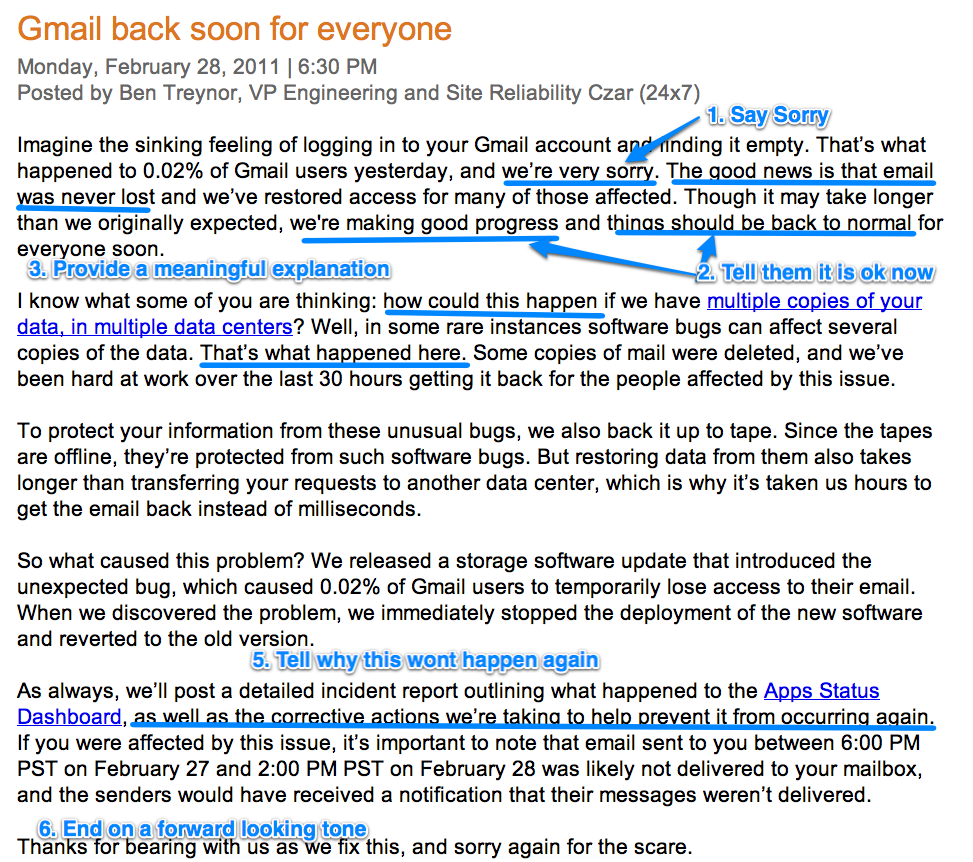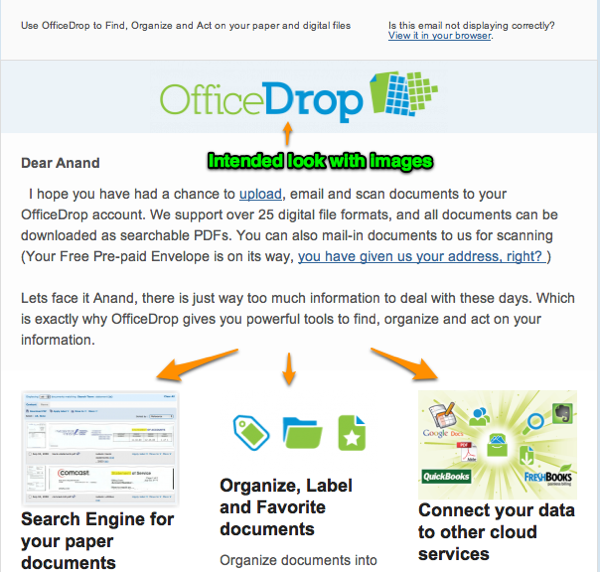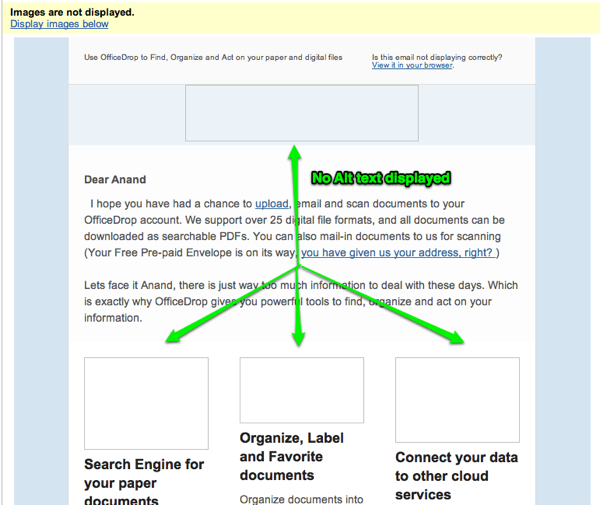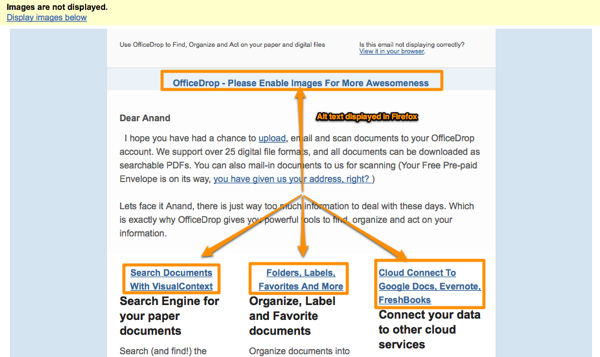Mar 10, 2011
Nope, I am not sick of SXSW. I am excited to go there..
This is my first SXSW and I am excited. I dont care what the naysayers say, I am determined to have a fun time, especially while meeting our customers as part of the Small business web Party! (and Healy Jones will be joining me too!)

In addition to the Lean Startup tracks, I am also looking forward to the tracks on User Interface Design (iPad Design, Metrics Driven Design to name a few). It should be fun to bump into some familiar Boston area peeps in Boston In Austin happy hour. I booked an apartment through AirBnB (my first time, so lets hope this works out!) and I have also armed myself with the latest versions of Foursquare, Groupme, Beluga and Plancast. Austin, here I come!!!
Are you going to South-by? Here is a quick embed from my Plancast feed.
And, here are some tips on how to be South by South Best!
Mar 1, 2011
How to tell your customers that you screwed up?
By now, Everything that needs to be said about the Gmail outage has been said. Maybe not, until I have added my 2 cents. Haha. I was curious what Google would say in this matter and how they would react. Similar to my earlier post on the Anatomy of a customer service email, here are my thoughts on Google’s well written blog post:
 ]
]
-
Say, sorry, straight up. Not wishy washy, not the “We apologize for any inconvenienced this may have sort of caused” kind, but a straight up one human to another kind. Sorry!
-
Now give them the good news on how you have rectified the issue. Provide details on how many were impacted, what the impact was and so on.
-
Then, provide an explanation. Many people may just care about the first two items (the fact that they are apologizing and why it is ok now). If you do need an explanation, provide a meaningful one.
-
Provide a concrete timeline on when the issue will be resolved. This is one missing component from this post.
-
Talk about why this won’t happen again. The post only alludes to it, it could have done a better job on this front.
-
Apologize again and end on an empathetic / positive forward looking comment.
How have you communicated bad news to your customers? Do you think Google’s response is adequate? Does it convince you?
Feb 12, 2011
Awesome Infographic on Online Marketing
Check out this awesome Infographic / cheatsheet / starter guide to Online Marketing. It covers all the core components of online marketing. I love the timeline on the left too, with spikes in traffic, similar to what you hope to achieve if you are doing it right.
Valuable information, very well presented.

Feb 3, 2011
The many quirks of Email Marketing
If you have tried to send a decent looking HTML email as part of your lifecycle marketing, you are probably aware of the painful details that you to worry about. The whole point of Lifecycle marketing is to get your message hyper-personalized and relevant to your customer, based on which stage of the funnel they are in. In addition to figuring out the different types of customers, which stage they are at and what to message to them at that stage, you have also probably figured out what SPF means ( no, not the kind you put on at the beach) and can likely teach a Microsoft engineer about how Microsoft Outlook renders emails vastly differently between 2003 and 2007. Ditto about how the same email shows up differently between Hotmail, Yahoo and Gmail. ESPs such as Campaign Monitor and MailChimp provide tools that you can use to verify how your email will show up in a variety of different mail clients.
But I just realized the other day (not surprising on hindsight) that there is another variable in this equation. Your browser. Here is the email that I was designing (with the images turned on).

Like any good marketer, I setup alt-text in my email so that users see meaningful content when images are disabled (and every client except Apple Mail disables it by default). Heck, I even phrased it such that I nudged the user to enable images. But for some mysterious reason, the alt text didn’t show up in Gmail.

After some investigation (and thanks to some useful pointers from MailChimp), it turned out that the issue does not have to do with Gmail but with Chrome. The same email (received in Gmail), displays Alt-Text perfectly fine in FireFox. Here is the same email in Firefox, with all the ALT-Text goodness.

Ah, well, if I had a dime for every HTML email quirk, I’d probably be Bill Gates (Whoa, is that how he became the richest man, haha)? But Wait, there is more.
Chrome for Gmail Does show Alt-Text in Gmail, Sort of, sometimes
It is not as if Chrome doesn’t always show the Alt-text when rendering images at Gmail. It actually does show it, in some of the cases. You can tweak your alt+text length and figure this out by trial and error. This is a documented bug for Chrome . From a Google Search, it looks like I am coming a bit late to this party, and the issues has been known for a few years now. I am still so aghast, I had to write about this.
Good luck getting those emails nice, pretty and accessible. May the force be with you.
Jan 31, 2011
Questions every Startup faces - Lean Startup Circle Boston Jan 2011 Meetup Notes – Part 2
This is Part 2 of my notes from the Boston Lean Startup Circle January meetup. You may also want to check out Part 1 of the notes. Part 2 focuses on the key questions that Lean Startups face. What are the some of the key questions that every startup faces, and what are the some of the ways in which Lean Startups can find answers to those questions?
-
How do we know when to pivot?
Lean Startup know to pivot when the product decisions and experiments are not “moving the needle”. The worst scenario that a startup can be is the so-called “Land of the Living Dead”, where there is some growth but not enough growth to have meaningful traction. And it is important that the “needle” is not something defined using vanity metrics.
-
How do Vision, Strategy and Product relate to each other?
Vision is all about the big picture. It is about changing the world.
 And you dont really iterate on the Vision. Strategy is about how you build a business to achieve that vision. And a Product is nothing but one instantiation of the strategy. When you pivot, what you do is to change strategy. You change who you sell to, how you sell or even what you sell.
And you dont really iterate on the Vision. Strategy is about how you build a business to achieve that vision. And a Product is nothing but one instantiation of the strategy. When you pivot, what you do is to change strategy. You change who you sell to, how you sell or even what you sell.
-
**What should we measure?
**Be sure not to track growth or traction using Vanity metrics. You might have gotten good PR and a lot of pageviews / uniques, but what is important is if those resulted in real conversions, and more importantly if those newly acquired users are engaged with the product. You need to take into account that Metrics are people too and define a set of “per customer metrics” that tracks user level engagement, retention and so on.
- How do Products grow?
At a fundamental level, how do you know if your product is growing?
- Apply the Value Test: Ask yourself, does my product create value?
-
If so, Do you have an engine of growth : All successful businesses need a viable engine of growth. There are three typical engines of growth.
a.) The Paid Engine of Growth: It is pretty simple, you just charge for your product
b.) Viral Growth: Your product gets used more because of Virality, and your users have an incentive to spread the word about your product (Facebook is the obvious example).
c.) Sticky / Compounding Growth : This is when your users show unusually high engagement over long periods of time.
- What is in the MVP? And How do I use Landing Page Testing when there is not enough traffic?
The Minimum Viable Product (MVP) is the least amount of work needed to learn the most amount in whichever part of the business has the
[ ]
]
maximum uncertainty. If you are not quite sure if something should be in the MVP or not, then “NO” is a good answer. It is always possible to test demand using smoke tests and fake landing pages, even when there is not adequate Search traffic or if people are not searching for what you are building. Outside the now familiar example of DropBox, Eric also highlighted an interesting newer perspective on how they used Landing Page testing in IMVU. At the time, IMVU was testing channels where IM/Chat would have demand. So they took a wide range of keywords with good traffic (Such as World of Warcraft, Starbucks etc,.), bid on these keywords and added the word “Chat” as part of the ad. While the absolute conversion rates (say 1.5 % for World of Warcraft and 0.2% for Starbucks didn’t mean anything), the fact that World of Warcraft Chat converted much higher _Relative to _Starbucks Chat is a strong signal on which would be a more effective channel.
- **How do I help my organization Adopt Lean Methodologies?
**The best way to show results / proof is to find one area where the current setup hurts the most and apply lean principles there. Be sure to try it where you have the authority. And if you are a founder, it is very important to know that you cannot delegate Customer Development to the “Sales Department”. Good Sales People don’t take no for an answer and Customer Development is all about listening to the NO that your prospective users says, factoring it into the product and pivoting. Bring on Paid Sales people when you have found a repeatable way to sell your product.
I have already been using some of these questions as a valuable way to power my “Validated Learning” . I am hoping to blog more about our pivots and metrics in the future. What is on your mind? What questions do you have as you apply Lean Startup principles to your idea? Let me know.

 ]
]



 And you dont really iterate on the Vision. Strategy is about how you build a business to achieve that vision. And a Product is nothing but one instantiation of the strategy. When you pivot, what you do is to change strategy. You change who you sell to, how you sell or even what you sell.
And you dont really iterate on the Vision. Strategy is about how you build a business to achieve that vision. And a Product is nothing but one instantiation of the strategy. When you pivot, what you do is to change strategy. You change who you sell to, how you sell or even what you sell. ]
]